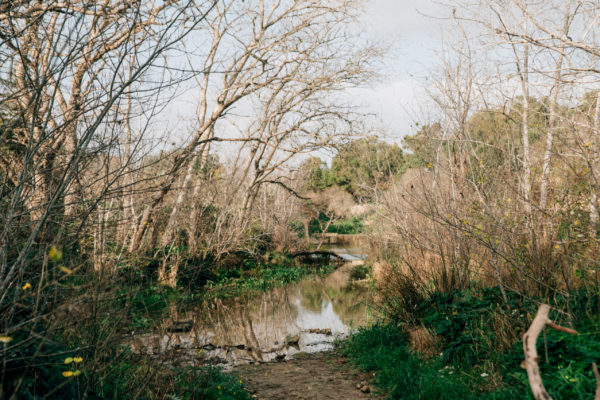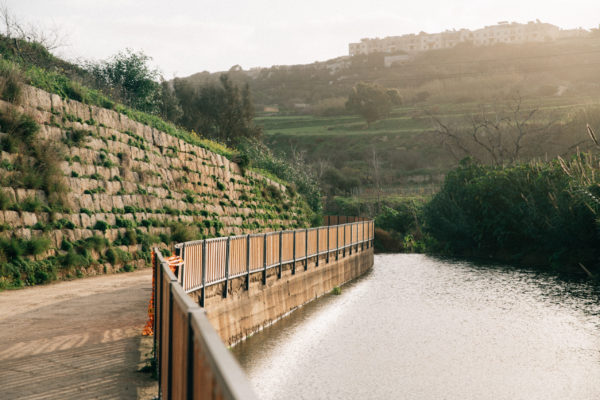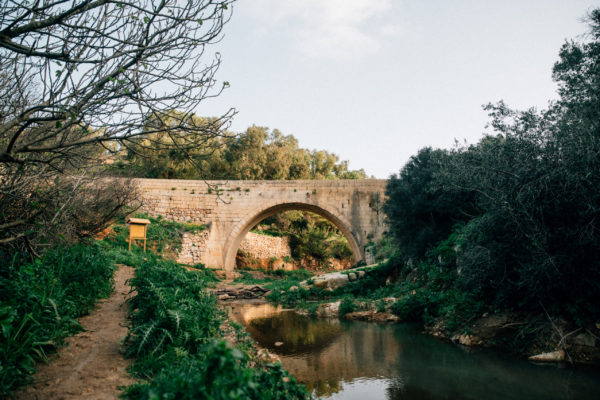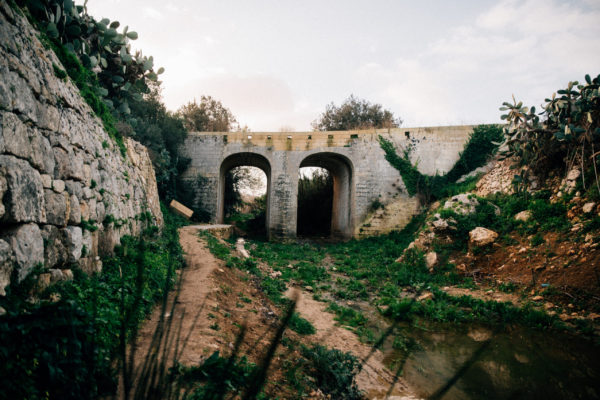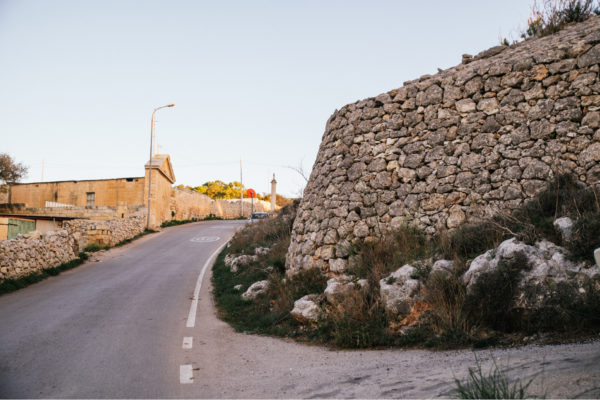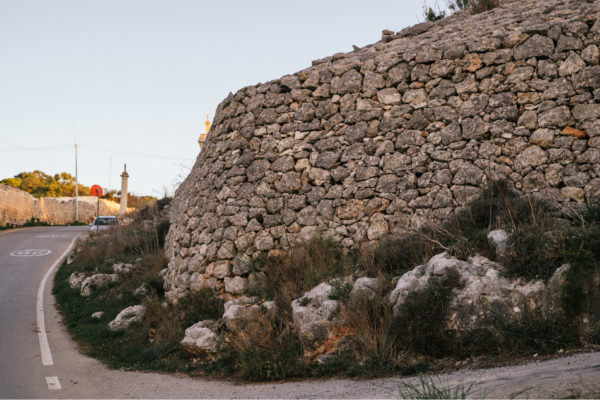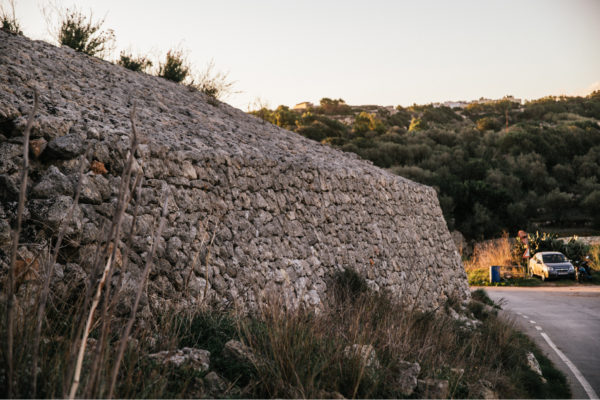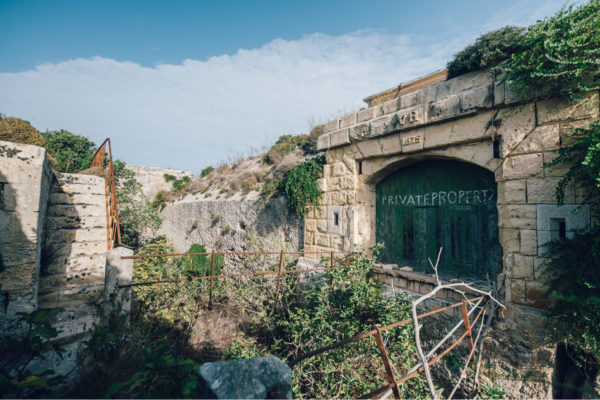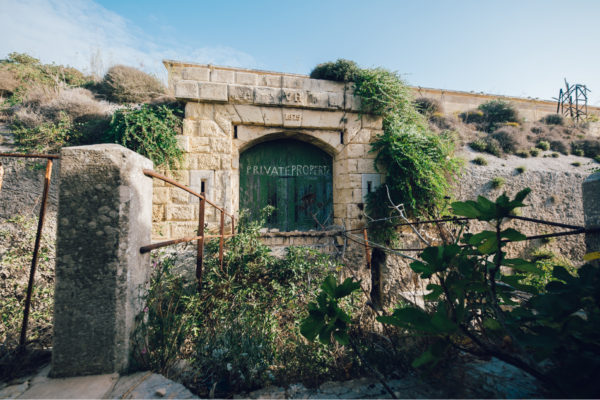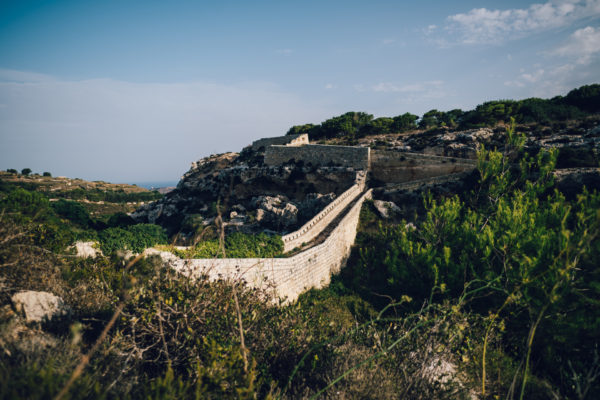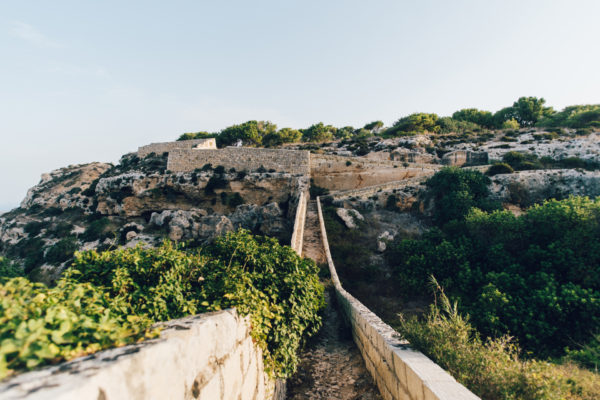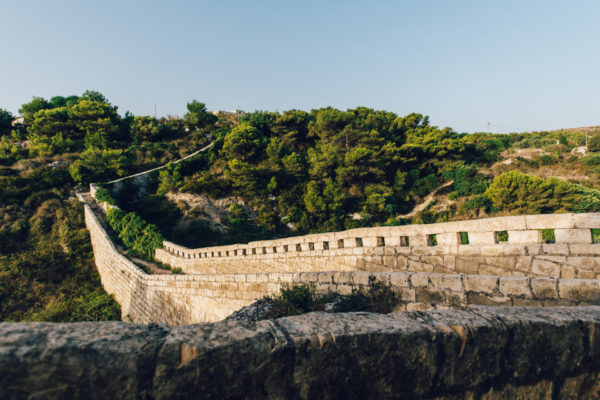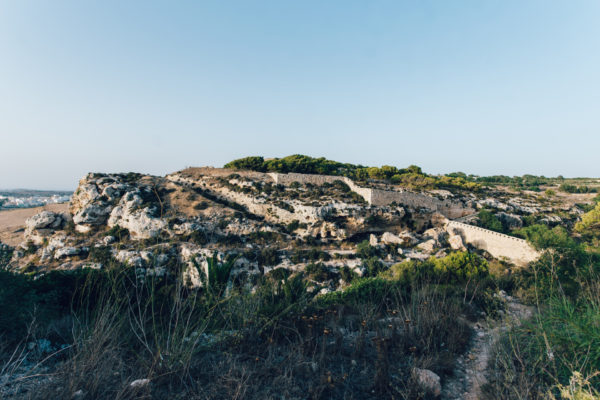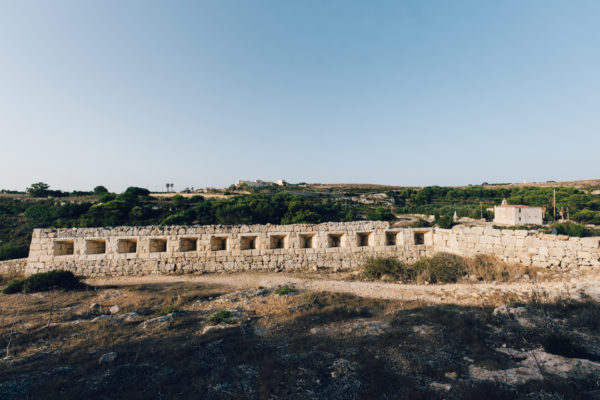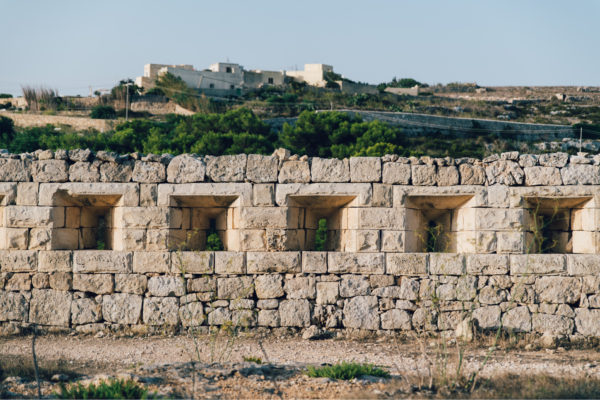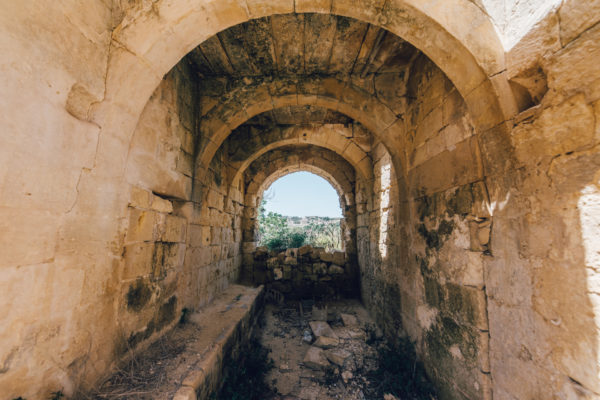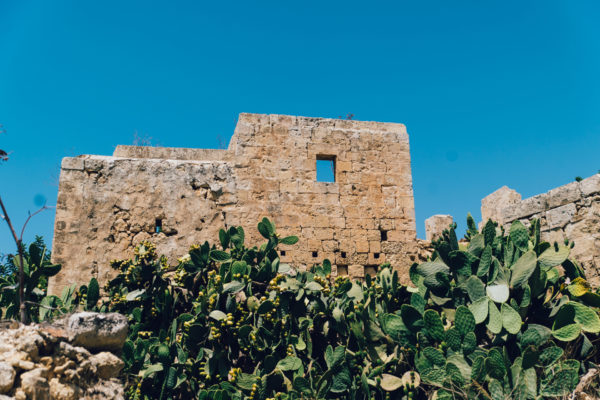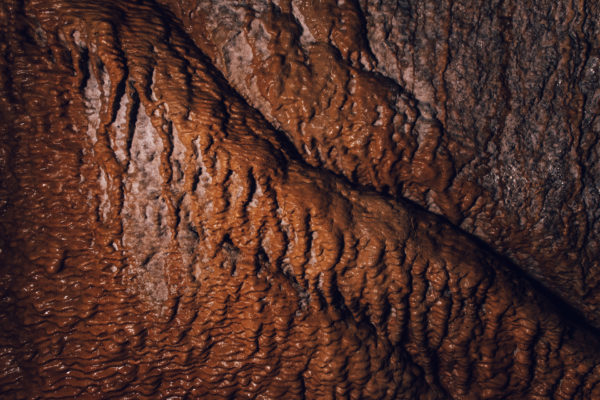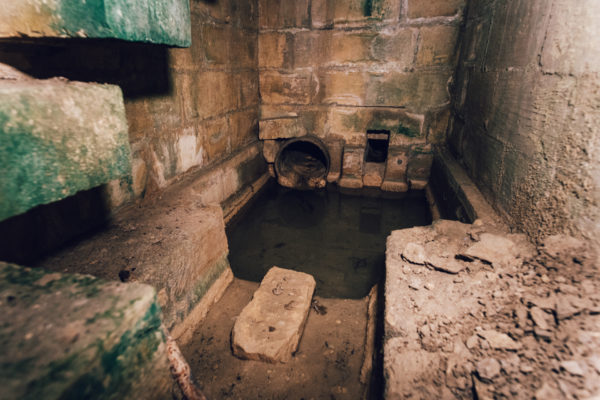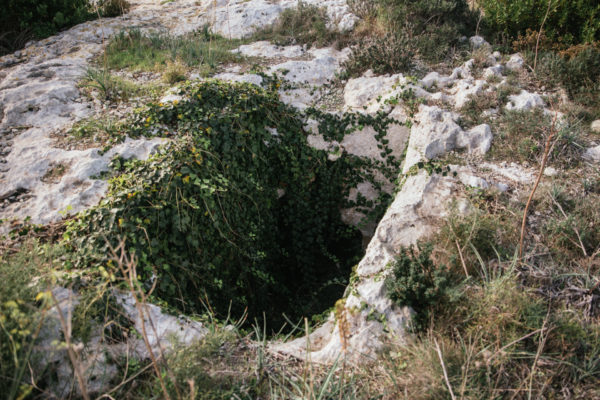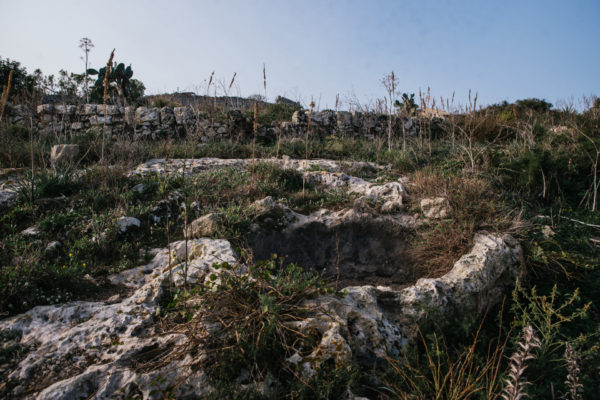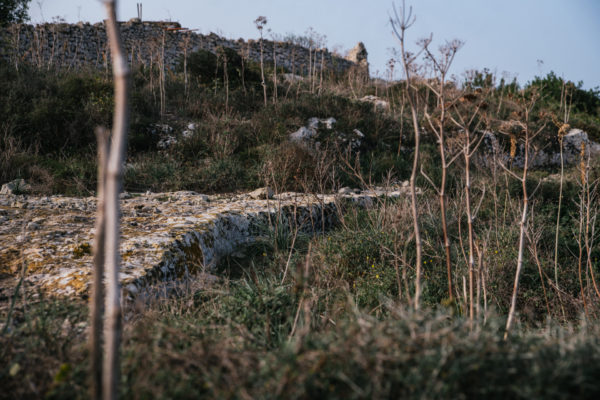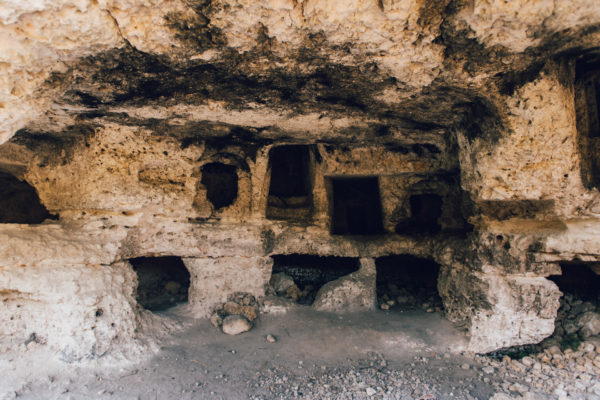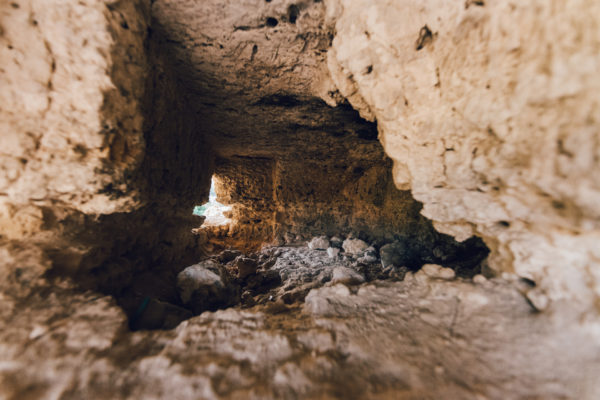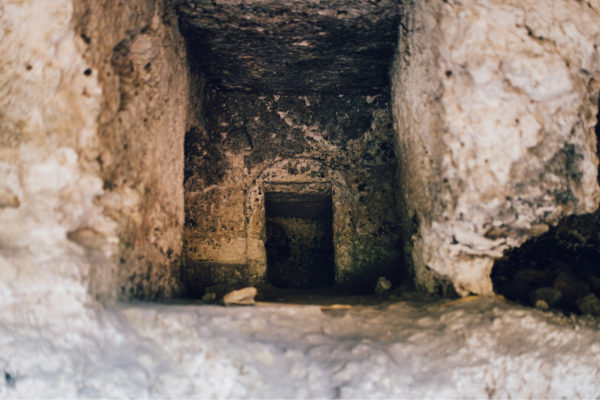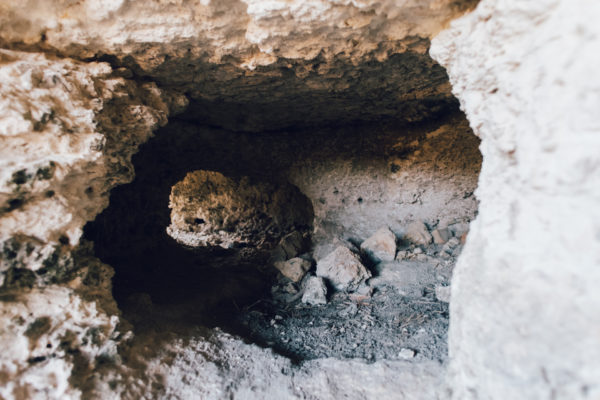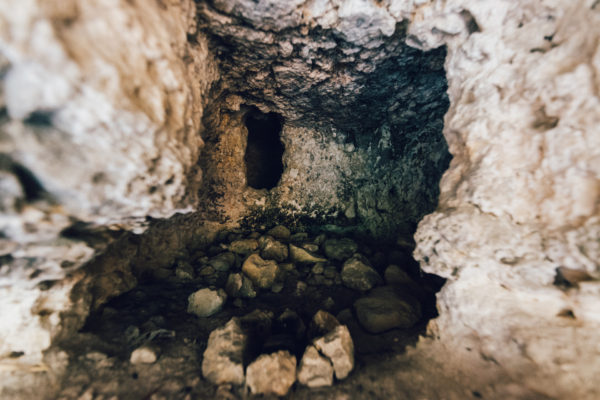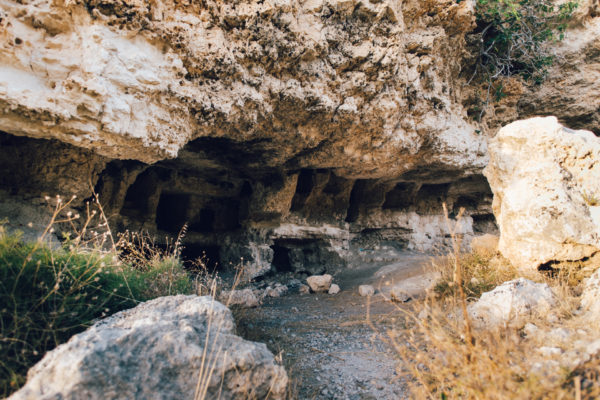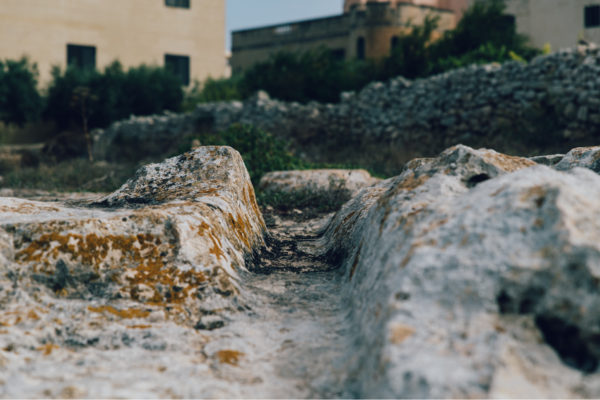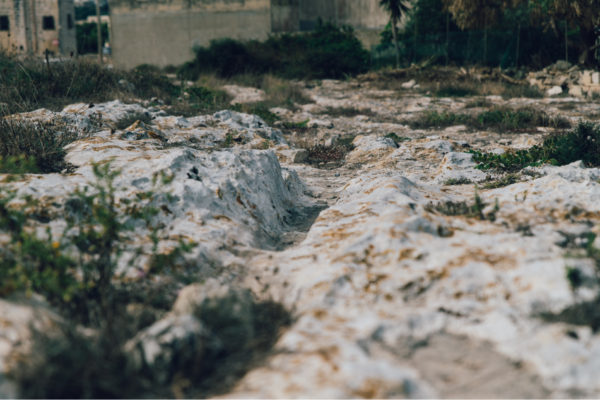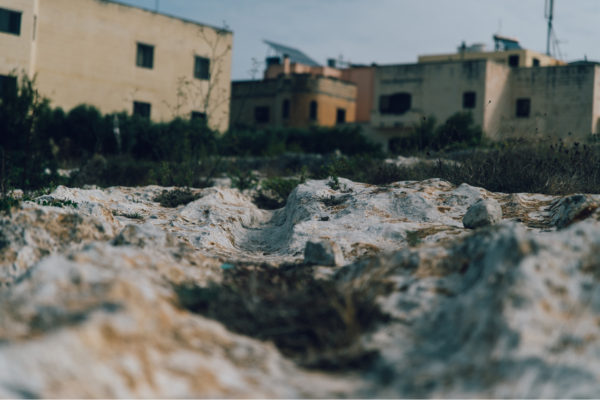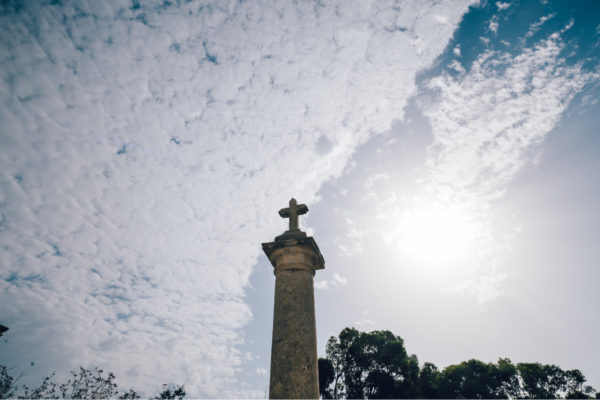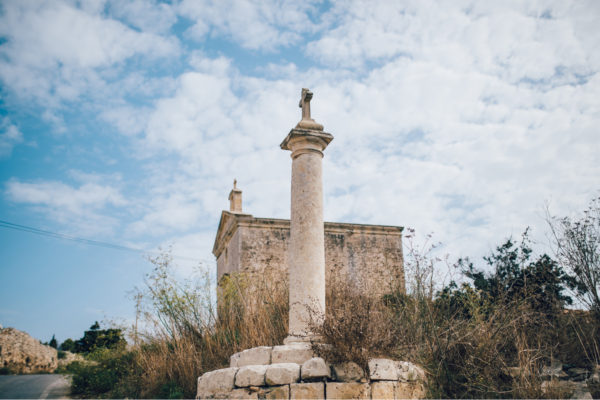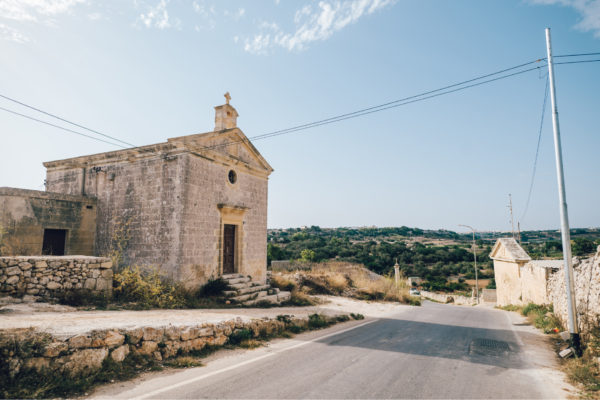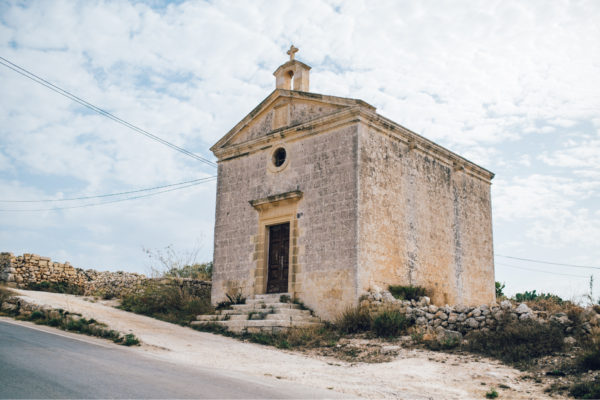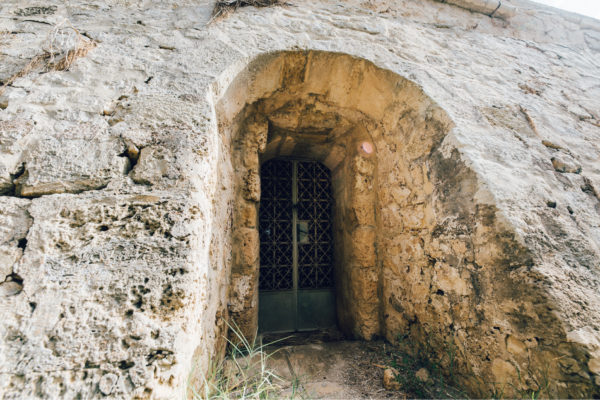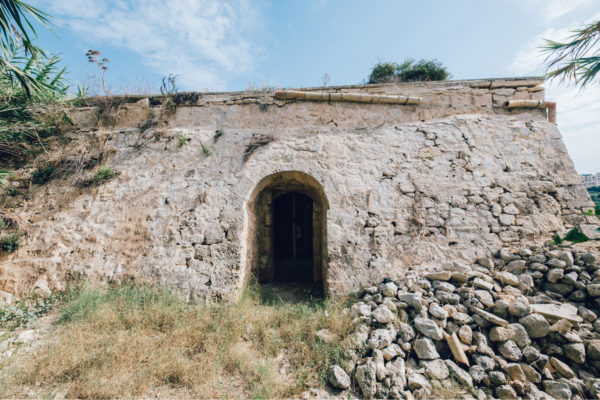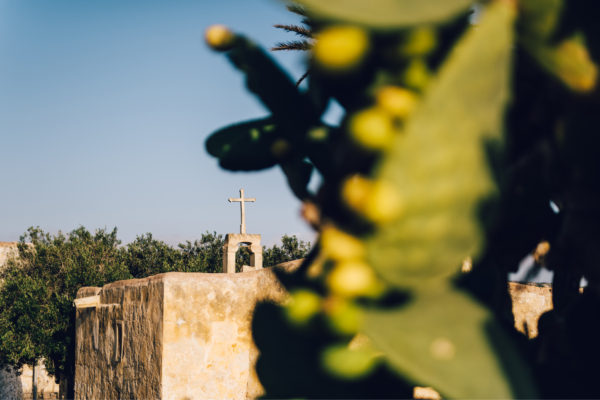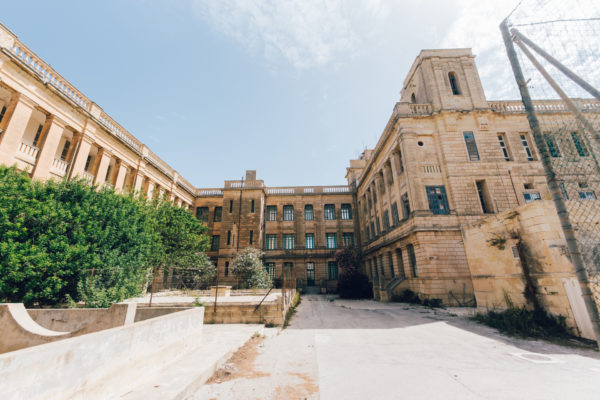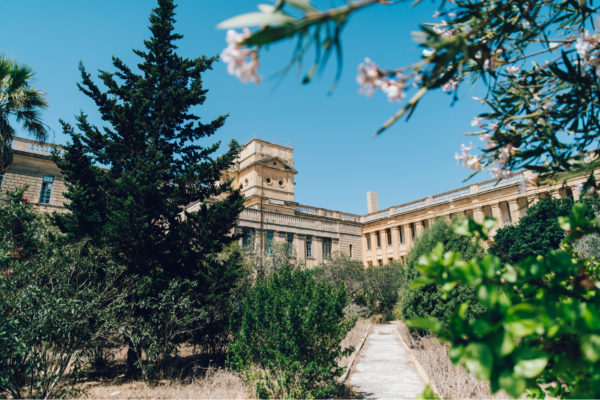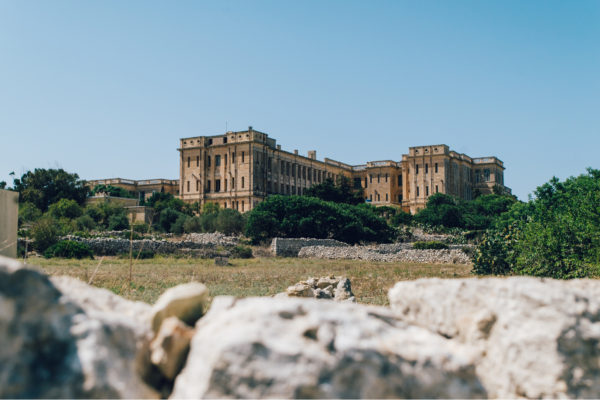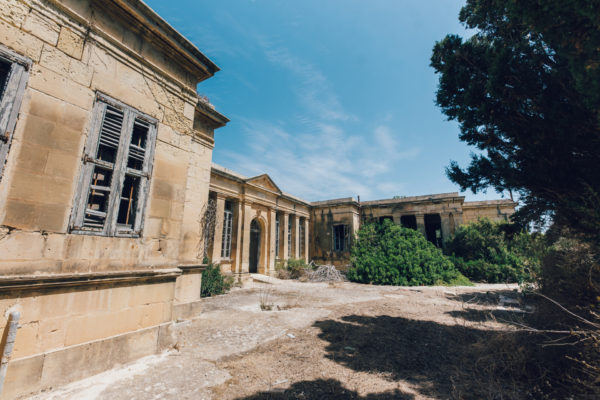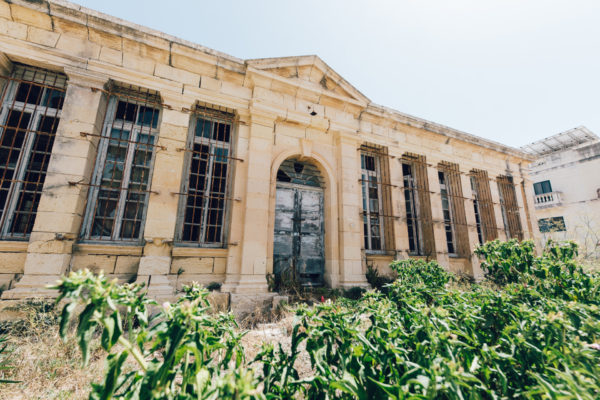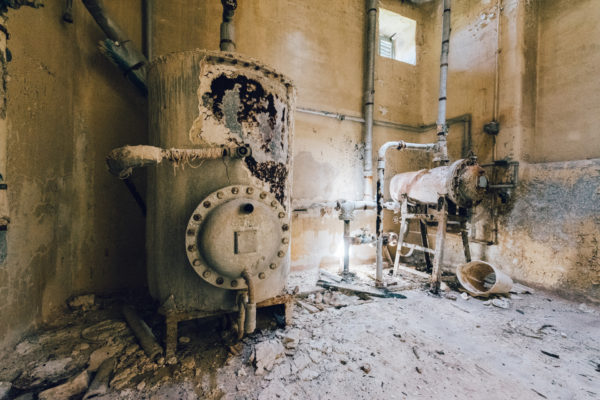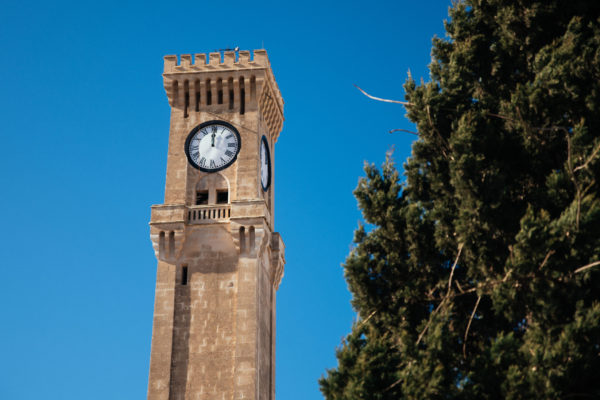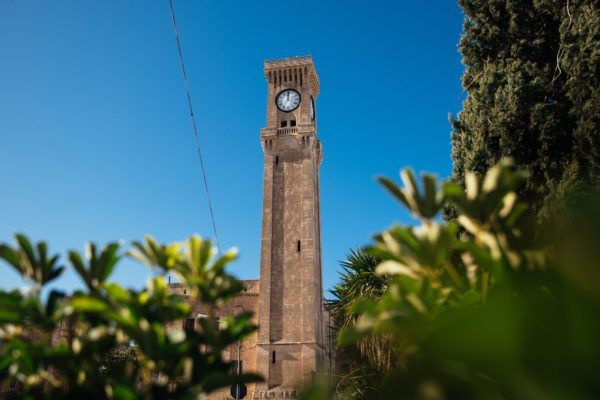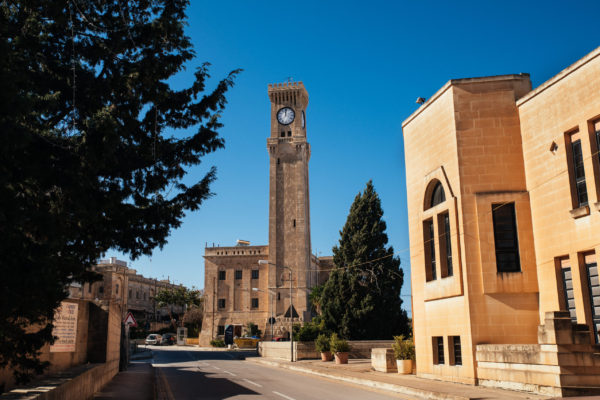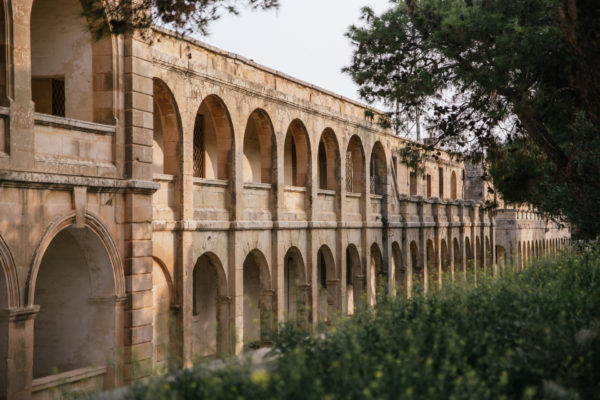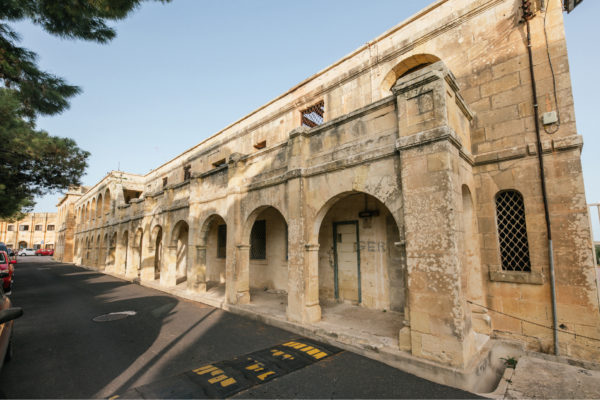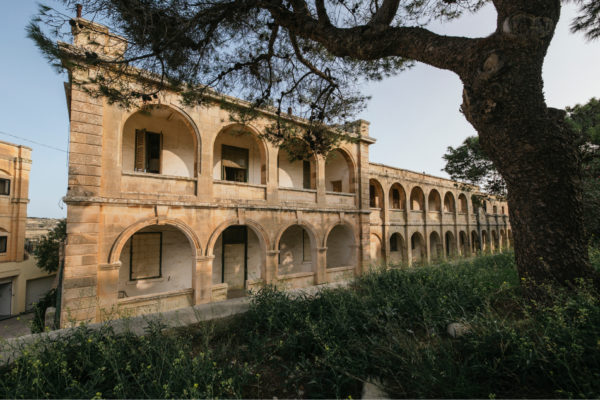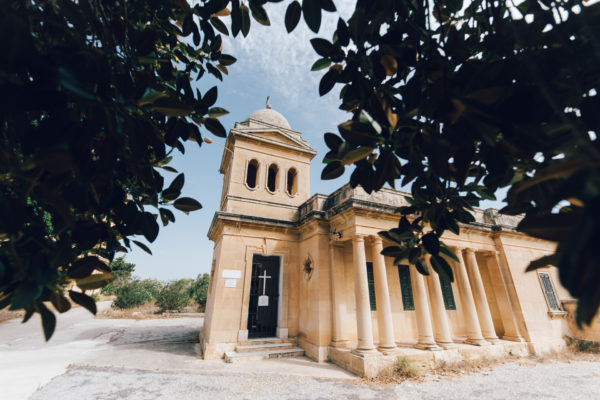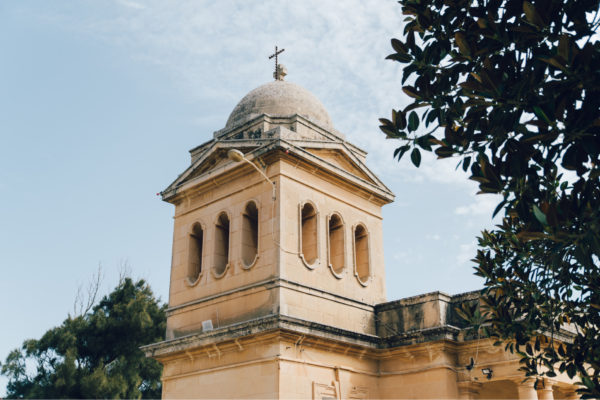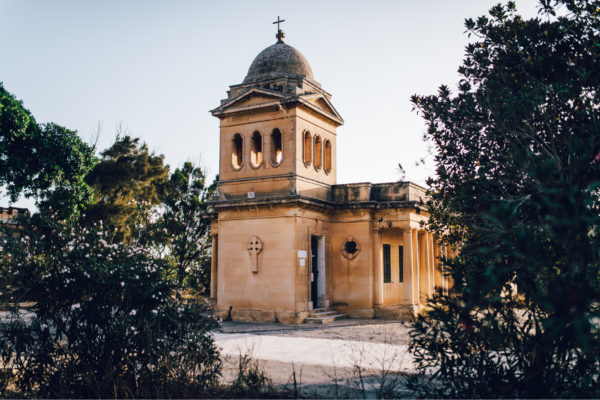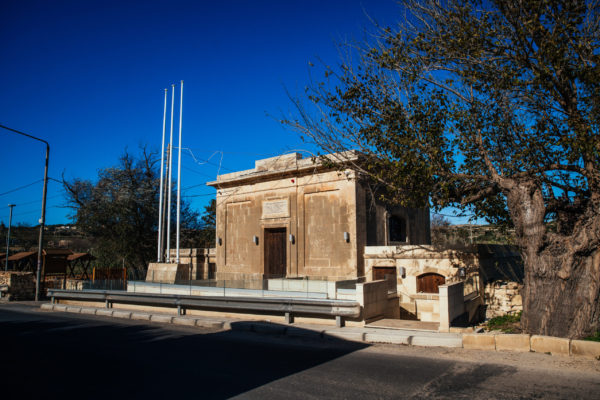
The white poplar is a fast growing indigenous tree in the Maltese islands, growing mainly in valleys. It loves ample moisture and abundant light, though it tolerates some drought.
The white poplar can reach a height of 16 – 27 m. with a broad oval crown. Young trees have a smooth greenish-white bark, with shoots covered with whitish-grey down, as are leaf buds. As the tree grows older, the bark becomes blackish and furrowed at the base.
It characteristic 4 – 15 cm long lobed leaves are green on top and velvety white beneath, giving the tree a sparkling look as they sway in the breeze. Leaves start dropping from the tree at the beginning of summer. With the approach of autumn, they start turning yellow and eventually all the leaves drop to the ground.
The petal-less 8 cm. long flowers, appear before the leaves, in the form of catkins – resembling a small cat’s tail. Catkins carry either male, or female reproductive organs. Male grey catkins carry dark red stamens, which bear the pollen. Female catkins are greyish green.
After the female reproductive organs are fertilised by the male pollen, brought to them by the wind, they lengthen to about 8 – 10cm. Eventually a number of several green capsules appear, maturing in late spring to early summer. The seeds are dispersed by the wind and also with moving water.
Male catkins and female catkins grow on separate trees, thus the tree is dioecious. All the white poplar trees to date growing in Chadwick Lakes are all males, as are most of similar trees growing in the Maltese islands.
Root suckers which grow from the lateral roots of the tree, sometimes as far as 20 – 30 cm away from the main trunk, help to propagate the tree.
The white poplar is legally protected in the Maltese Islands.














